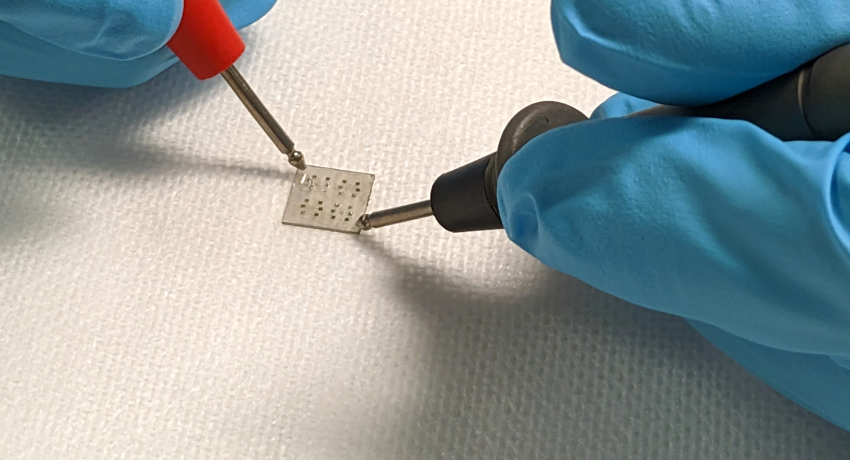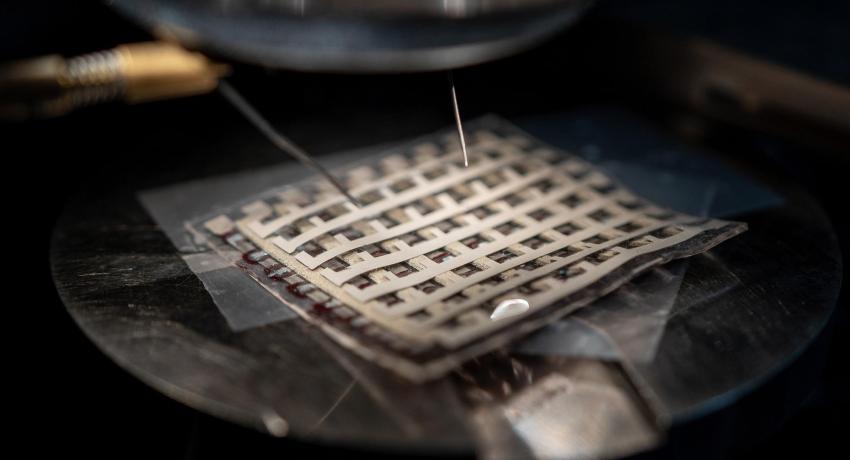Two-dimensional oxides open door for high-speed electronics
By Matthew Carroll
UNIVERSITY PARK, Pa. – Advances in computing power over the decades have come thanks in part to our ability to make smaller and smaller transistors, a building block of electronic devices, but we are nearing the limit of the silicon materials typically used. A new technique for creating 2D oxide materials may pave the way for future high-speed electronics, according to an international team of scientists.





